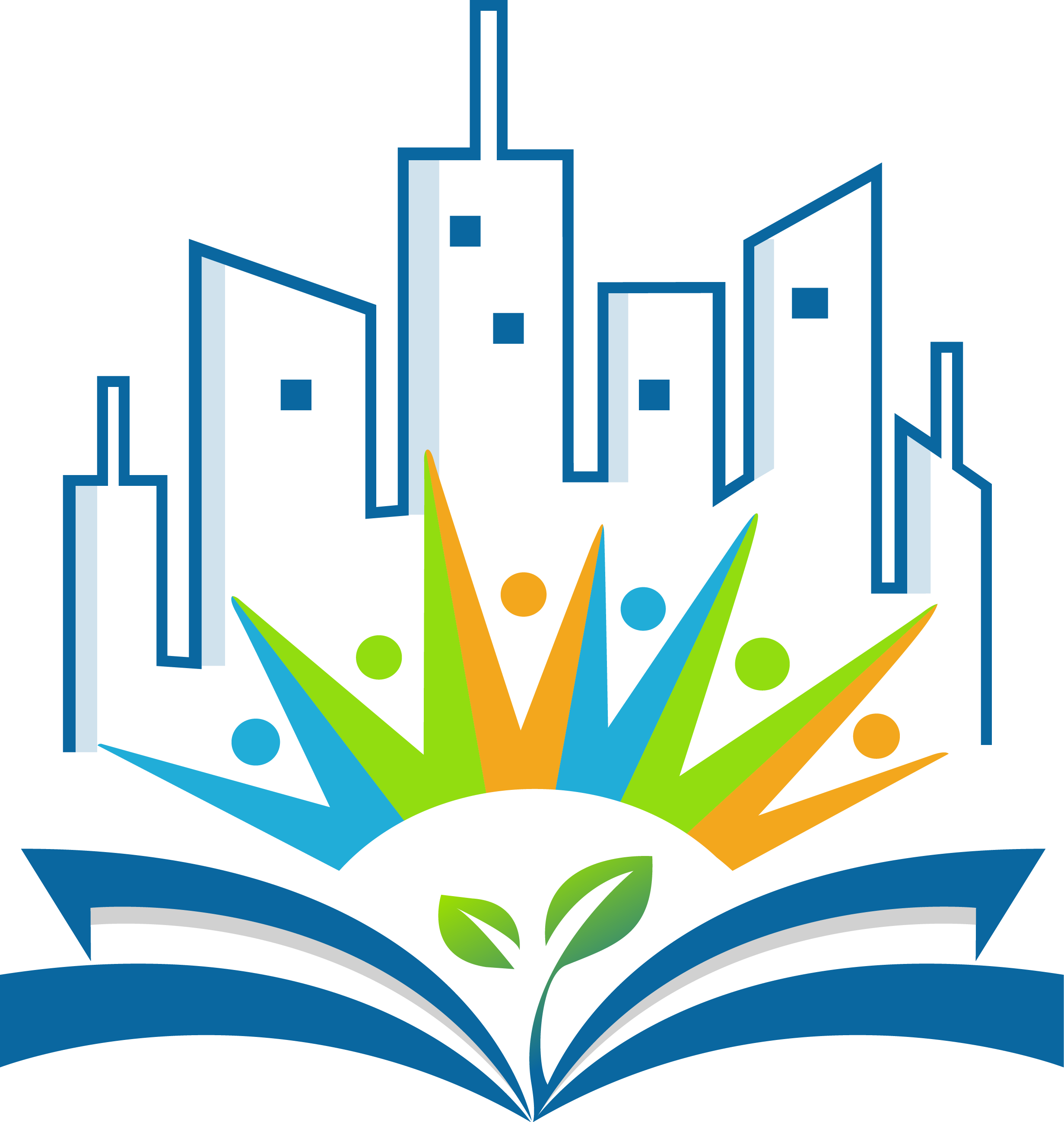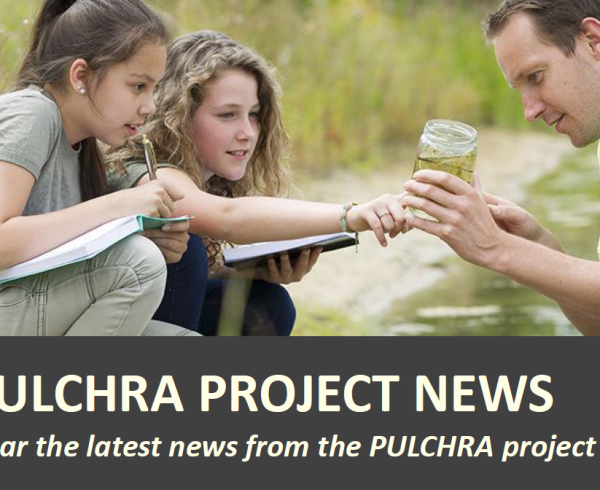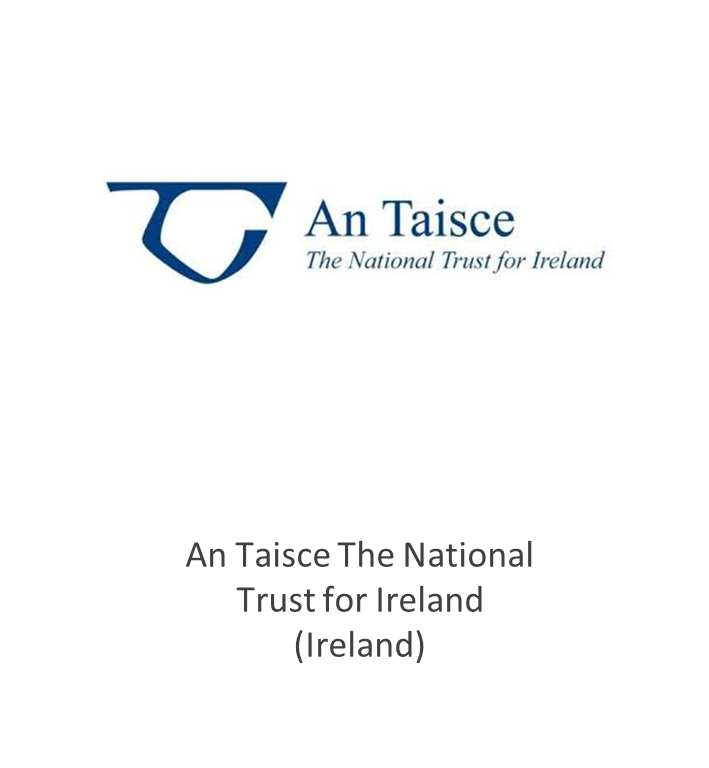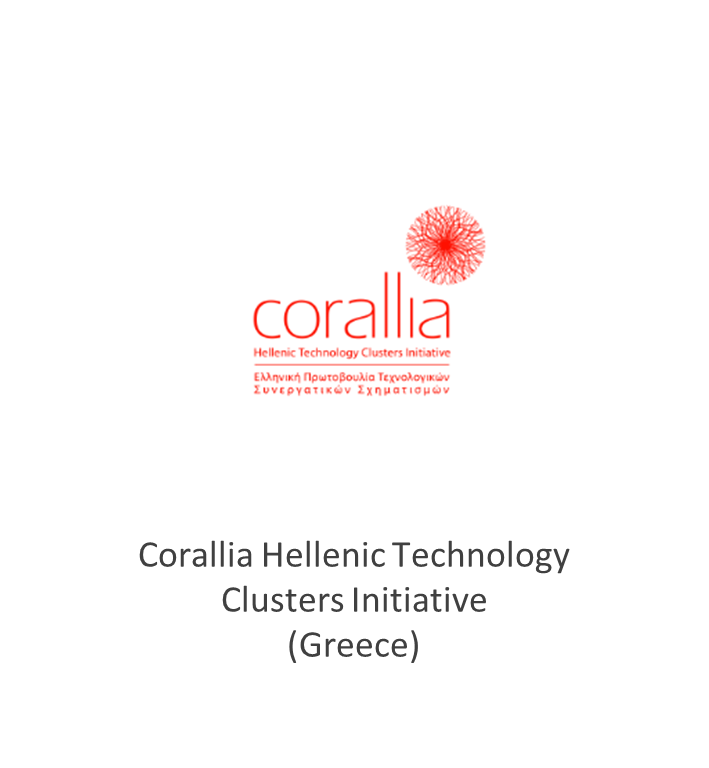Authors: Premysl Stych, Josef Lastovicka, Natalia Kobliuk, Jan Svoboda and Daniel Paluba, EO4Landscape research team, Charles University, Prague, Czechia
One of the important parts of the PULCHRA project is Earth Observation (EO). The experiences and results related to EO implementation in open schooling have been presented at two international congresses with very positive reactions and feedbacks from the auditorium.
The most important European event on EO – ESA’s Living Planet Symposium – was organized in Bonn, Germany in spring 2022. More than 5000 participants came to Bonn and discuss new perspectives of EO in environmental monitoring. An education session was organized within the congress. Members of Charles University presented the results from PULCHRA and their experiences with using the Copernicus data in the open schooling project – City Challenges. Open data from Copernicus programme have a wide range of application in urban studies. The City Challenges project of Regenerating Urban Space to connect People in a Healthy Environment – Hradec Králové Case Study was presented as a success story of the application of Copernicus Sentinel data in a soil moisture and vegetation health study solved by PULCHRA science team. The poster presentation can be viewed by clicking here.

EARSeL congress was organized in the middle of September in Cyprus, Paphos. EARSeL is EO society with long tradition and supports EO experts. Members of EARSeL are traditionally interested in the modern trends in the education and options how could be EO useful in education at schools and universities. There were two educational sessions organized this year with a wide range of topics, e.g., teaching about Climate Change using EO, modern technologies in education (animation or augmented reality). A presentation of PULCHRA contributed to the congress by discussion of our experiences with open schooling approach and an implementation of EO in the local studies of the city environments. Earth observation with open schooling approach address societal challenges with solutions that simultaneously show and provide environmental, social and economic benefits. These aspects seem to be very important for a wide and deep implementation of Earth observation in the education. Achieved results and technologies are prepared to be presented to teachers and discuss with them about an implementation in the education system. The presentation is available to view by clicking here.



























